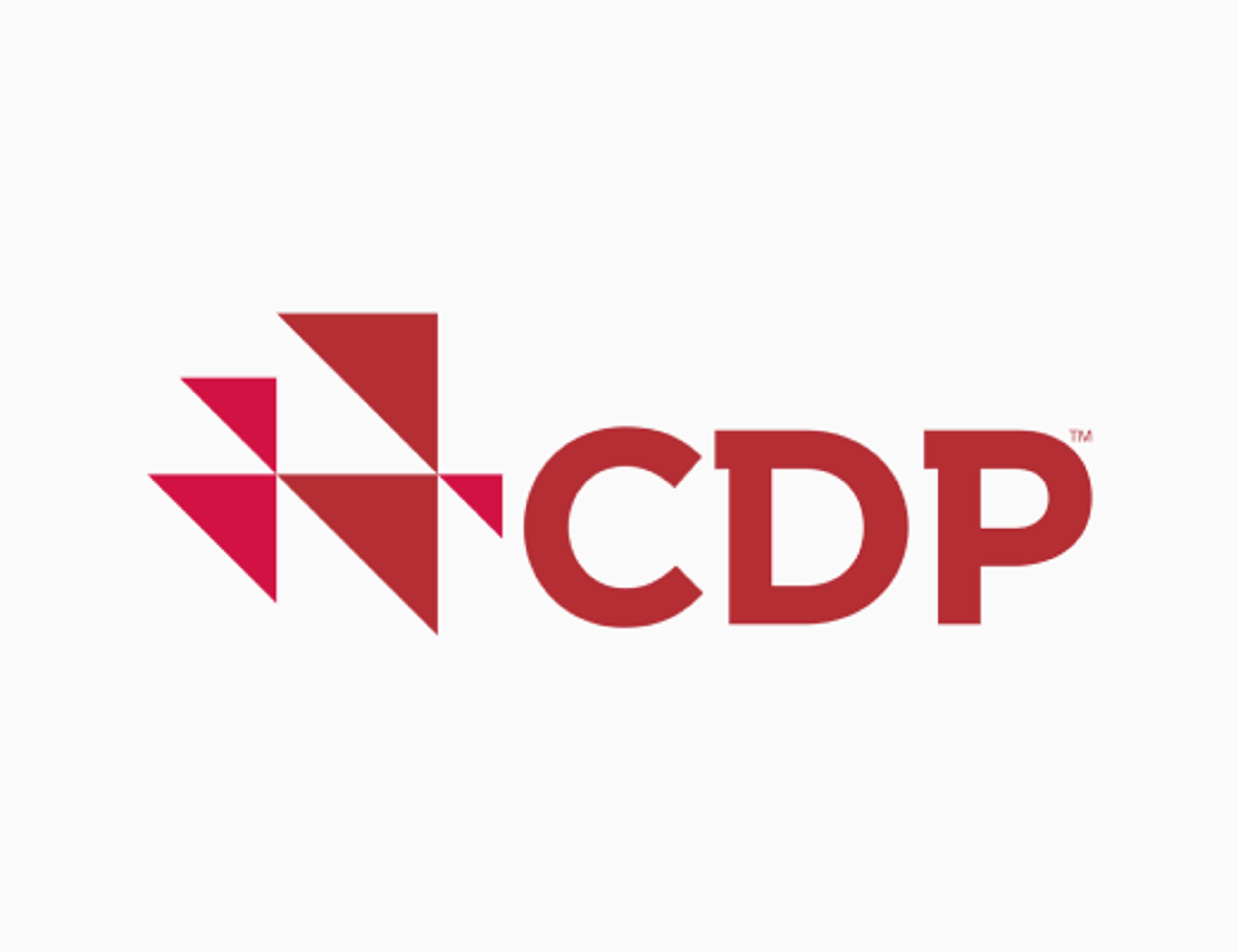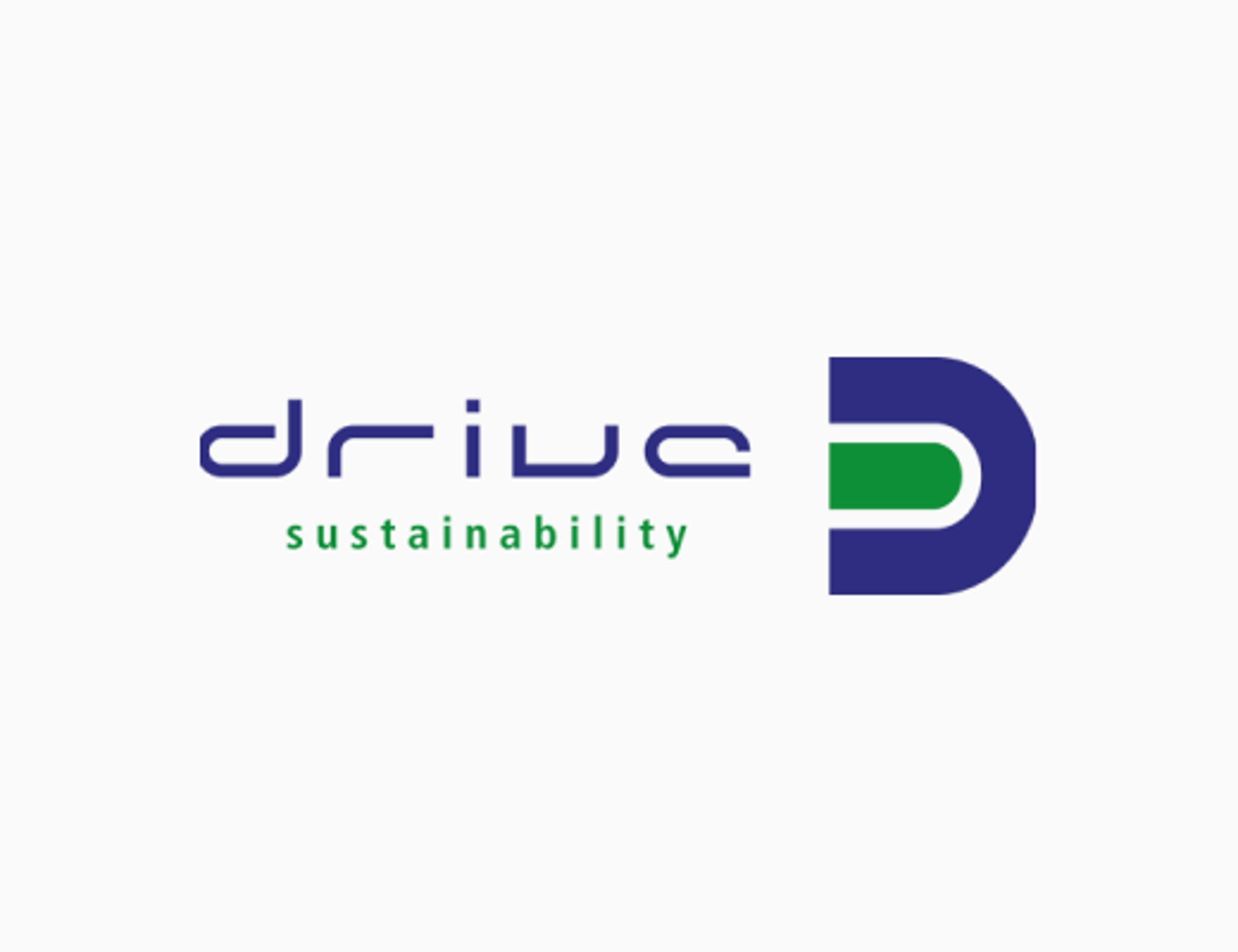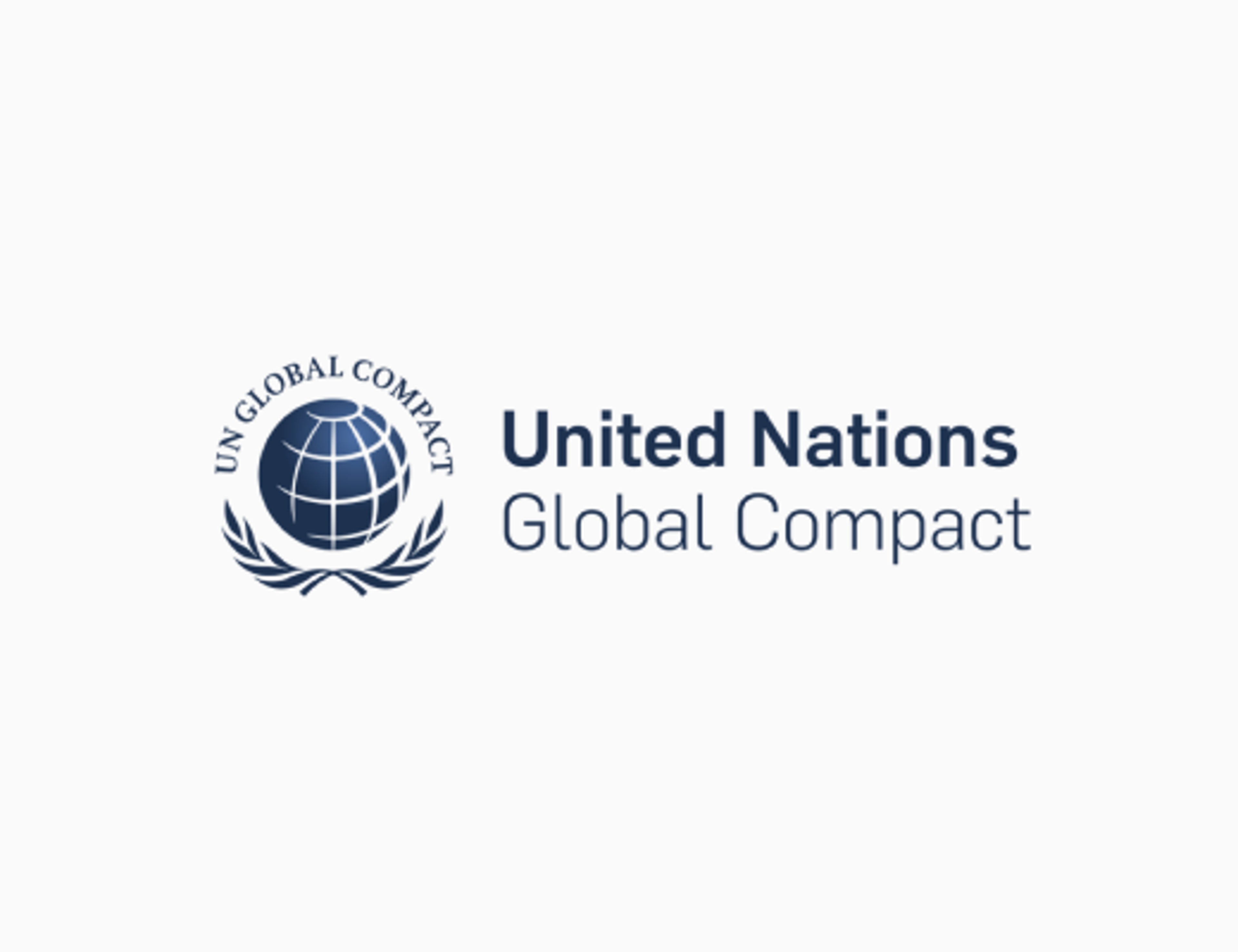Governance
Our sustainability strategy is fully integrated into our corporate strategy and is challenged frequently by regular internal analysis, including climate- and nature-related risks and opportunities.
We have a governance structure in place to monitor the progress of our sustainability strategy, ambitions and initiatives.

How are we organized?
Our sustainability governance structure is organized according to the recommendations of the Task Force on Climate-Related Financial Disclosures (TCFD). This means we conduct frequent sustainability reviews at each management level including Board of Directors. The global sustainability team oversees the development and progress of the sustainability strategy across the company.
The organization
Board of Directors (BoD)
Our BoD sets the strategic direction and approves our strategy, including sustainability and follows up progress. Our climate action plan with its risks and opportunities is discussed at the regular BOD meetings.
Executive Management Team (EMT)
The EMT is responsible for the overall governance, execution and implementation of the sustainability strategy and regularly monitors progress through several KPIs. The climate action plan with risks and opportunities is reviewed quarterly.
Global Sustainability Team (GST)
The GST is centrally responsible for the day-to-day governance and coordination of sustainability. It develops and refines the sustainability strategy, leads and supports the strategic initiatives and follows up on the progress of our KPIs. It also gathers business intelligence on sustainability matters.
Green Finance Committee (GFC)
The GFC reviews and validates the selection of the Eligible Green Projects and reviews the EU Taxonomy Report.
Line of business
Functional management teams are responsible for ensuring that sustainability becomes an integrated part of everyone’s daily work. They are sounding boards for the GST members and can be requested to secure resources and funding for sustainability initiatives.
ESG reporting
We believe in external third-party validation of our sustainability performance. It's essential to gaining credibility. It's reassurance to our people and external stakeholders that our sustainability strategy and our ambitions support global goals, such as the UN SDGs and the Paris Agreement.
S&P: Global Corporate Sustainability Assessment

S&P: Global Corporate Sustainability Assessment
Volvo Cars scored 67/100 in the 2024 Corporate Sustainability Assessment (CSA) by ratings provider S&P Global, known for its highly stringent sustainability ratings. This placed Volvo Cars among the top 5 best performing companies that year for environmental, social and corporate governance within the automotive industry. Interval: 1-100.
Learn about S&P GlobalCDP: Climate Change A List and Supplier Engagement Leader
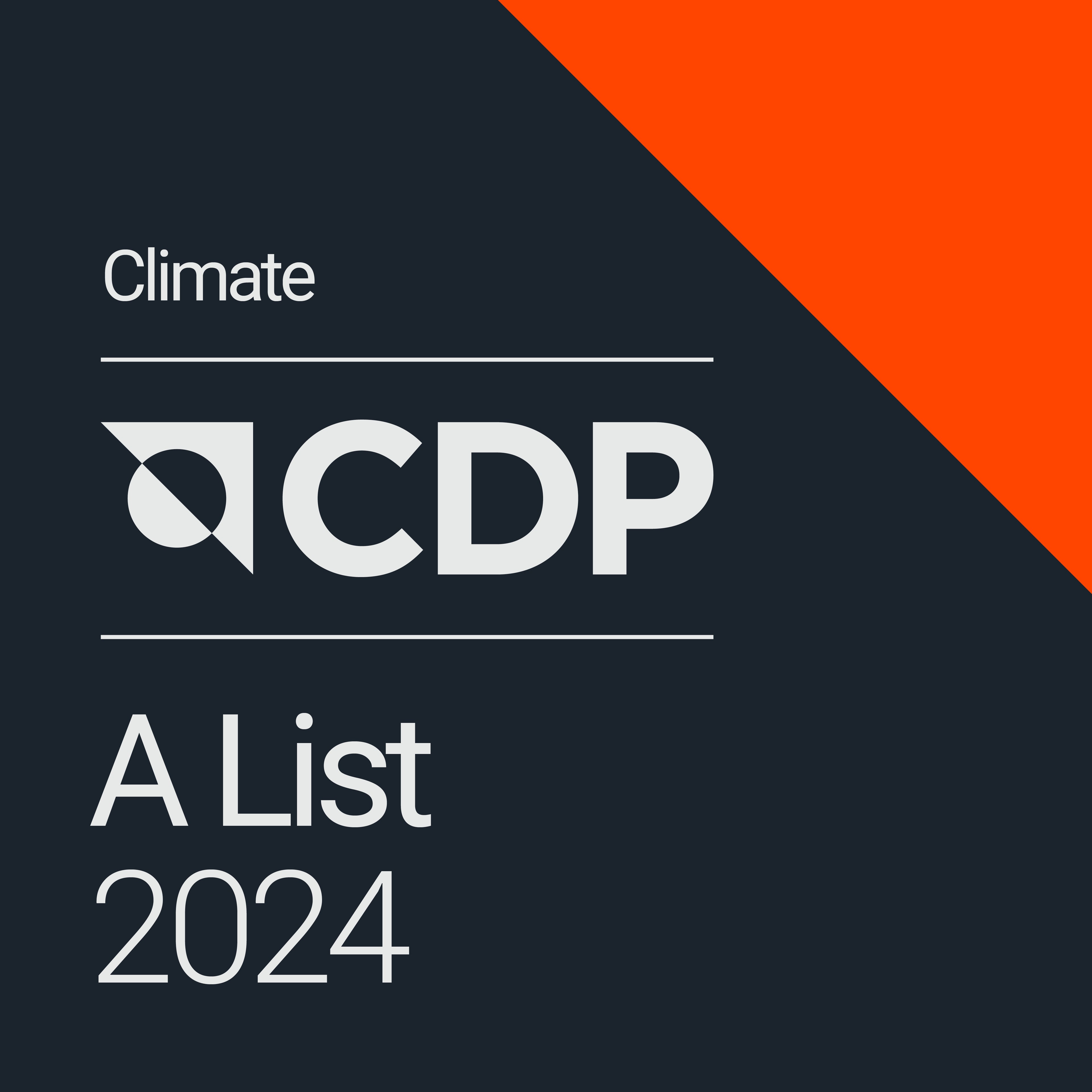
CDP: Climate Change A List and Supplier Engagement Leader
We are one of only 362 companies that made CDP's Climate Change A List (from 21,000 scored), and received its highest rating. Based on our CDP result, we were also acknowledged as a Supplier Engagement Leader in recognition of our climate action within our supply chain. Interval: D- to A
Learn about CDPEcoVadis: Gold
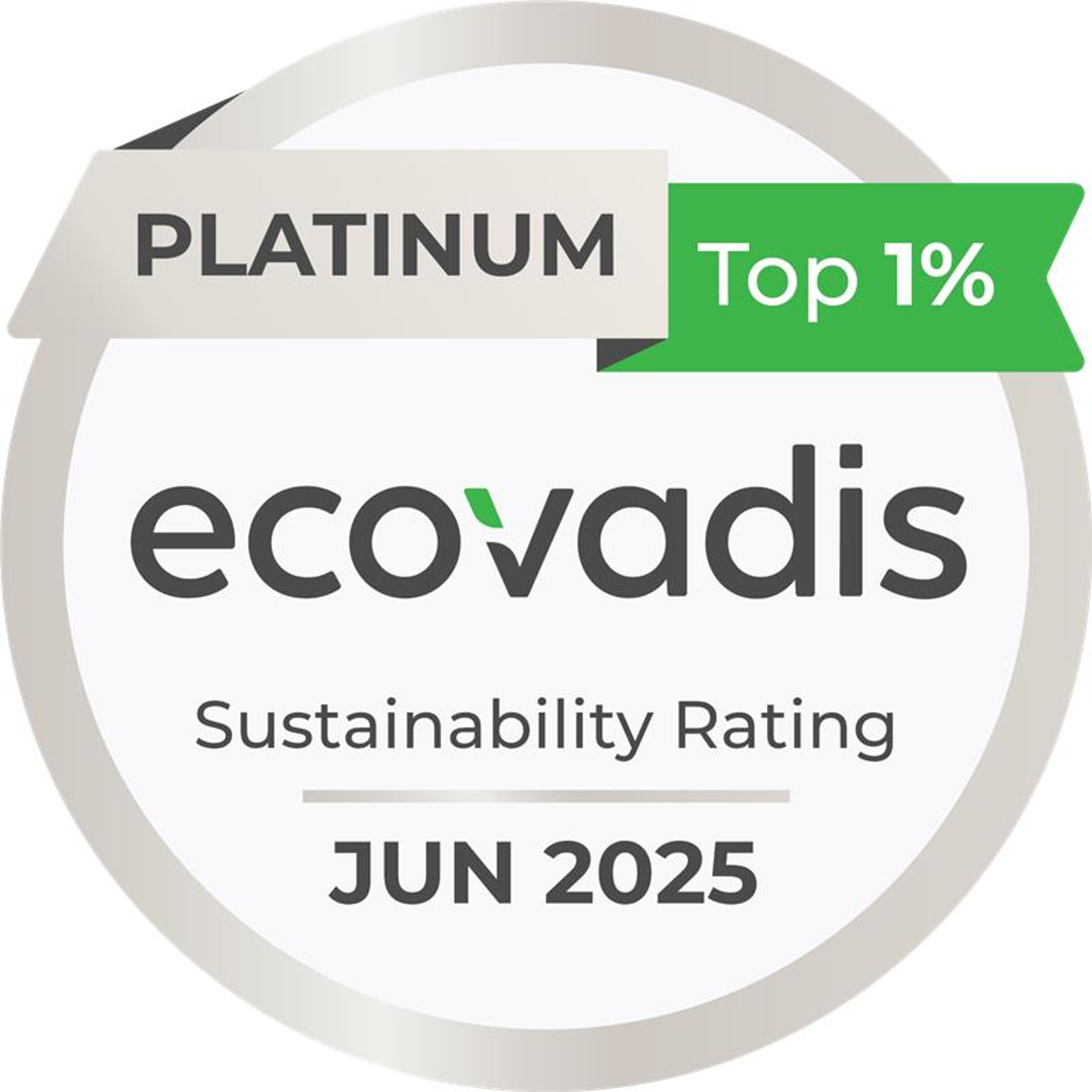
EcoVadis: Gold
Volvo Cars received the rating Gold (score 77/100) for its sustainability performance from EcoVadis, a leading provider of corporate sustainability assessments for global supply chains. This places Volvo Cars among the top 5 per cent of the assessed companies. Interval: 0-100
Learn about Ecovadis
S&P: Global Corporate Sustainability Assessment
Volvo Cars scored 67/100 in the 2024 Corporate Sustainability Assessment (CSA) by ratings provider S&P Global, known for its highly stringent sustainability ratings. This placed Volvo Cars among the top 5 best performing companies that year for environmental, social and corporate governance within the automotive industry. Interval: 1-100.
Learn about S&P Global
CDP: Climate Change A List and Supplier Engagement Leader
We are one of only 362 companies that made CDP's Climate Change A List (from 21,000 scored), and received its highest rating. Based on our CDP result, we were also acknowledged as a Supplier Engagement Leader in recognition of our climate action within our supply chain. Interval: D- to A
Learn about CDP
EcoVadis: Gold
Volvo Cars received the rating Gold (score 77/100) for its sustainability performance from EcoVadis, a leading provider of corporate sustainability assessments for global supply chains. This places Volvo Cars among the top 5 per cent of the assessed companies. Interval: 0-100
Learn about EcovadisOur collaboration partners
We're committed to reduce our impact on the planet and that takes a global effort. Collaborating with companies, organizations, and NGOs is vital to drive industry change and performance. A few examples:
CDP
Volvo Cars participates in the CDP Supply Chain Program and collects data via the climate questionnaire for our top strategic suppliers based on emission intense products. We also submit to CDP Climate and CDP Water.
Responsible Minerals Initiative
To support continuous improvements of working and living conditions in artisanal and small-scale mining communities, Volvo Cars collaborates with Better Mining, an assurance and impact programme led by RCS Global Group in the DRC and Rwanda.
Responsible Business Alliance
Volvo Cars is a member of the world's largest coalition dedicated to advance corporate social responsibilities throughout global supply chains
Drive Sustainability
Volvo Cars is a founding member of Drive Sustainability, a network of companies that works specifically to improve all aspects of social and environmental sustainability in the automotive industry.
Ellen Macarthur Foundation
Volvo Cars is a member of the Ellen Macarthur Foundation – a leading global network of businesses, innovators, universities and thought leaders – to find inspiration for our circular economy approach, and we further submit to the EMF Circulytics tool.
United Nations Global Compact
Volvo Cars is a proud founding member of the UN Global Compact since 2000, and observing its Ten Principles. Our Communication of Progress report is found on the UNGC website.
Climate-related risks and global warming scenarios
From a world economic point of view, climate change is a top risk both in terms of impact and likelihood. It affects our company and our industry in many ways.
We analyze different global warming scenarios in accordance with TCFD recommendations to verify the resilience of our strategy. We used IEA's Stated Policies Scenario (4DS) and Sustainability Development Scenario (<2DS) for analyzing Transitional Risks and IPCC's 8.5 Scenario for analyzing Physical Risks. By analyzing impact and likelihood in these different scenarios, we not only identified risks that affect our company, but also opportunities.
For reporting on Volvo Cars' climate-related financial risks, in accordance with CARB SB-261, we refer to Volvo Cars Annual and Sustainability Report 2024.
